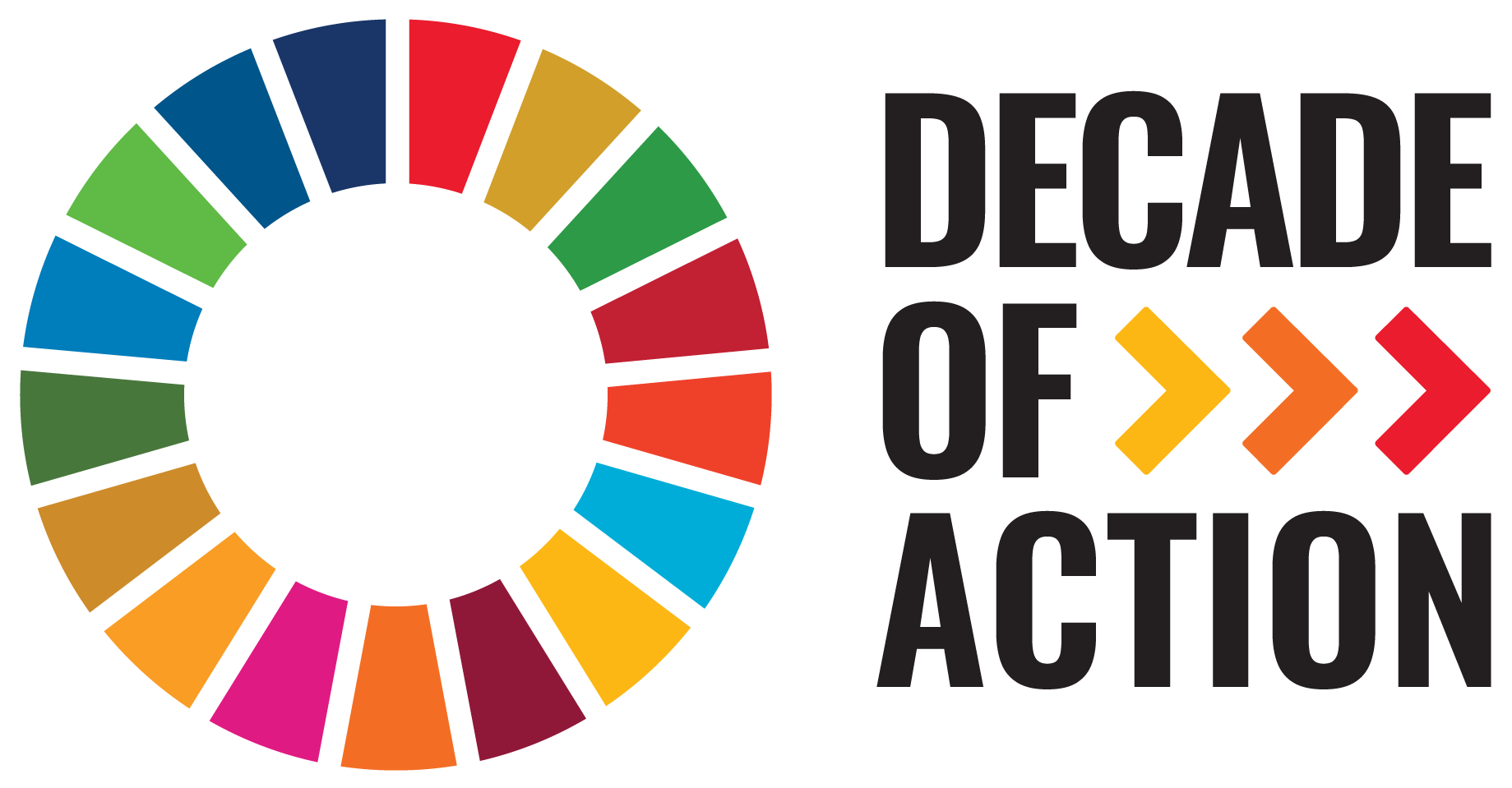Road Map for Establishing a National Eco-labelling System by Transposing Regulation (EC) No 66/2010 of the European Parliament of the Council of 25 November 2009

Date
2021Author
United Nations Environment Programme
European Union for Environment Action
Citation Tool
Bibliographic Managers
RT Generic T1 Road Map for Establishing a National Eco-labelling System by Transposing Regulation (EC) No 66/2010 of the European Parliament of the Council of 25 November 2009 A1 United Nations Environment Programme, European Union for Environment Action YR 2021 LK https://wedocs.unep.org/20.500.11822/37047 PB AB TY - GEN T1 - Road Map for Establishing a National Eco-labelling System by Transposing Regulation (EC) No 66/2010 of the European Parliament of the Council of 25 November 2009 AU - United Nations Environment Programme, European Union for Environment Action Y1 - 2021 UR - https://wedocs.unep.org/20.500.11822/37047 PB - AB - @misc{20.500.11822_37047 author = {United Nations Environment Programme, European Union for Environment Action}, title = {Road Map for Establishing a National Eco-labelling System by Transposing Regulation (EC) No 66/2010 of the European Parliament of the Council of 25 November 2009}, year = {2021}, abstract = {}, url = {https://wedocs.unep.org/20.500.11822/37047} } @misc{20.500.11822_37047 author = {United Nations Environment Programme, European Union for Environment Action}, title = {Road Map for Establishing a National Eco-labelling System by Transposing Regulation (EC) No 66/2010 of the European Parliament of the Council of 25 November 2009}, year = {2021}, abstract = {}, url = {https://wedocs.unep.org/20.500.11822/37047} } TY - GEN T1 - Road Map for Establishing a National Eco-labelling System by Transposing Regulation (EC) No 66/2010 of the European Parliament of the Council of 25 November 2009 AU - United Nations Environment ProgrammeUnited Nations Environment Programme, European Union for Environment Action UR - https://wedocs.unep.org/20.500.11822/37047 PB - AB -View/Open
Item Statistics
Display item statisticsMetadata
Show full item recordDescription
The EU Eco-label system was established in 1992. The overall objective of the Eco-label system is to promote products with a low impact on the environment compared to similar products, thus contributing to the efficient use of resources and a higher level of environmental protection. The details of the process of establishing and implementing the voluntary EU eco-labelling scheme are set out in the Regulation (EC) No. 66/2010 of the European Parliament and of the Council (EEC) of 25 November 2009 on the EU Eco-label. Specific features of the European eco-label include: ● The EU eco-label can be awarded to all goods or services distributed, consumed, or used on the EU market if they meet certain ecological criteria. ● Ecological criteria are developed through consultations between key stakeholders, including public authorities, representatives of consumer and environmental non-government organizations (NGOs), industry, small and medium enterprises (SMEs), distributors, etc. ● It is an environmental label and not a health or quality label, although these aspects are also taken into consideration. ● The EU eco-label takes into consideration the whole product life cycle into account - from the extraction of the raw materials to production, packaging, and transport, right through to your use and then your recycling bin. The same label is used for a broad range of product groups, thus being easily recognizable by the consumer, who can be sure of its legitimacy in terms of environmental performance. ● The label cannot be claimed by the producer alone, as the compliance with the criteria is certified, verified, and monitored by an independent third party (one of the competent bodies for eco-labelling). The EU eco-labelling scheme is, therefore, an important policy instrument designed to reduce the negative impact of consumption and production on the environment, health, climate, and natural resources.
Collections
Document Viewer
To read more, scroll down below.

